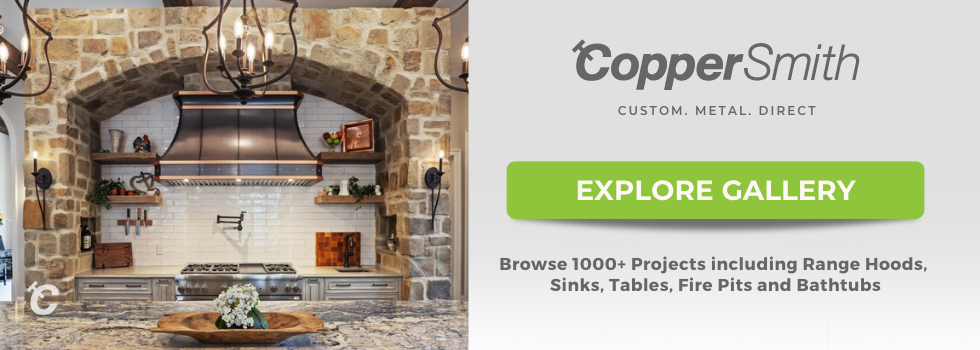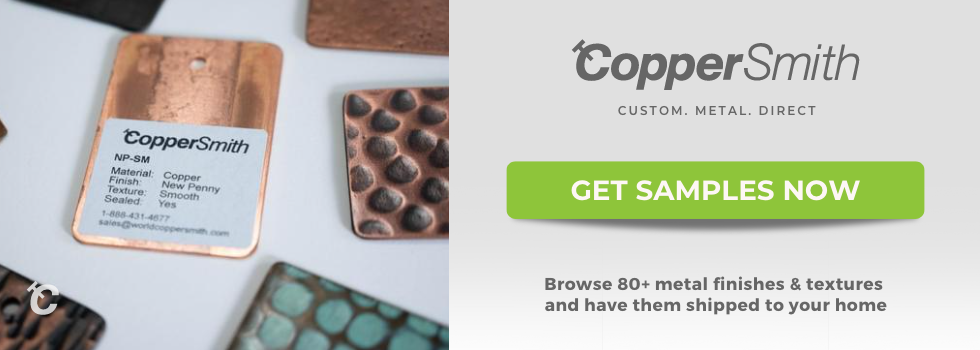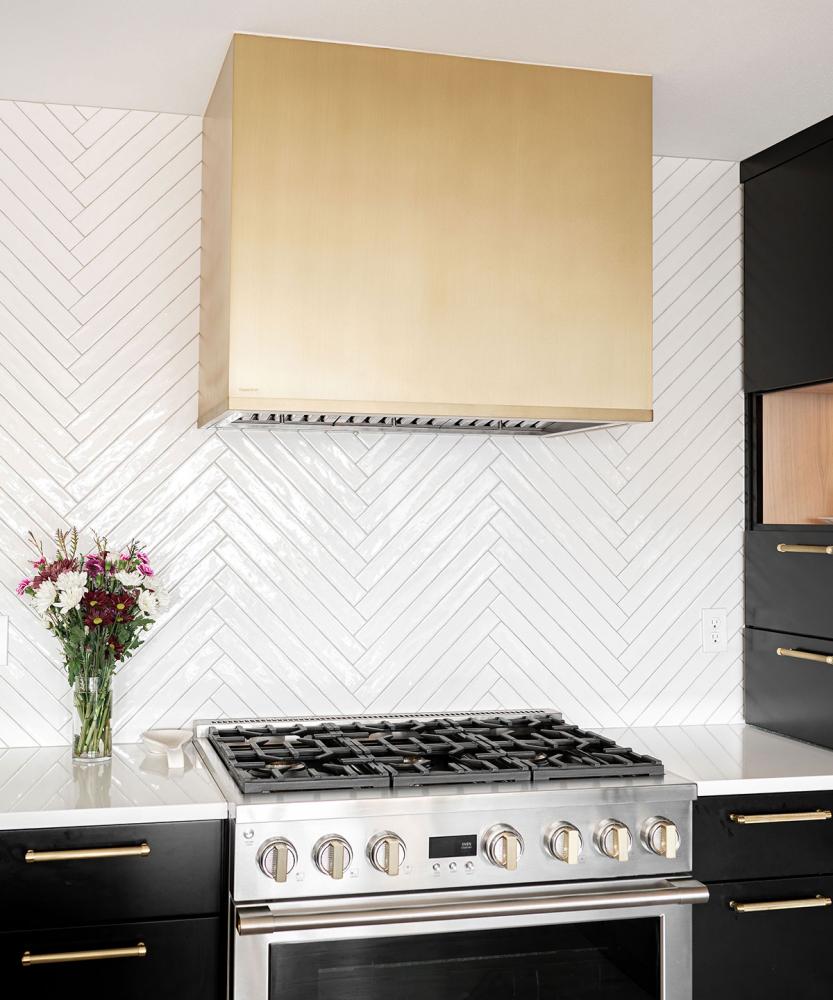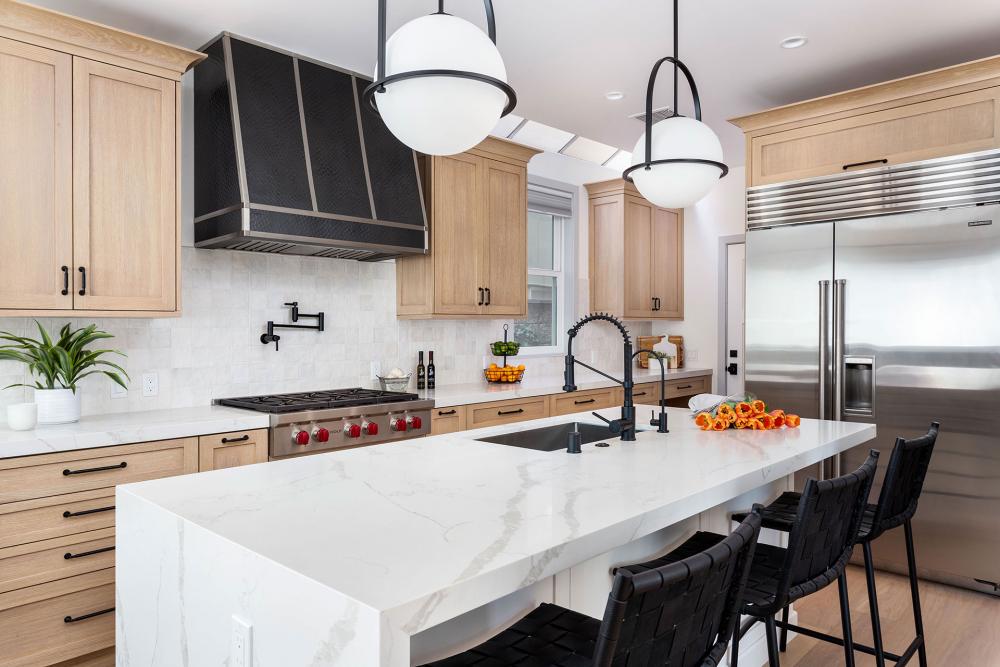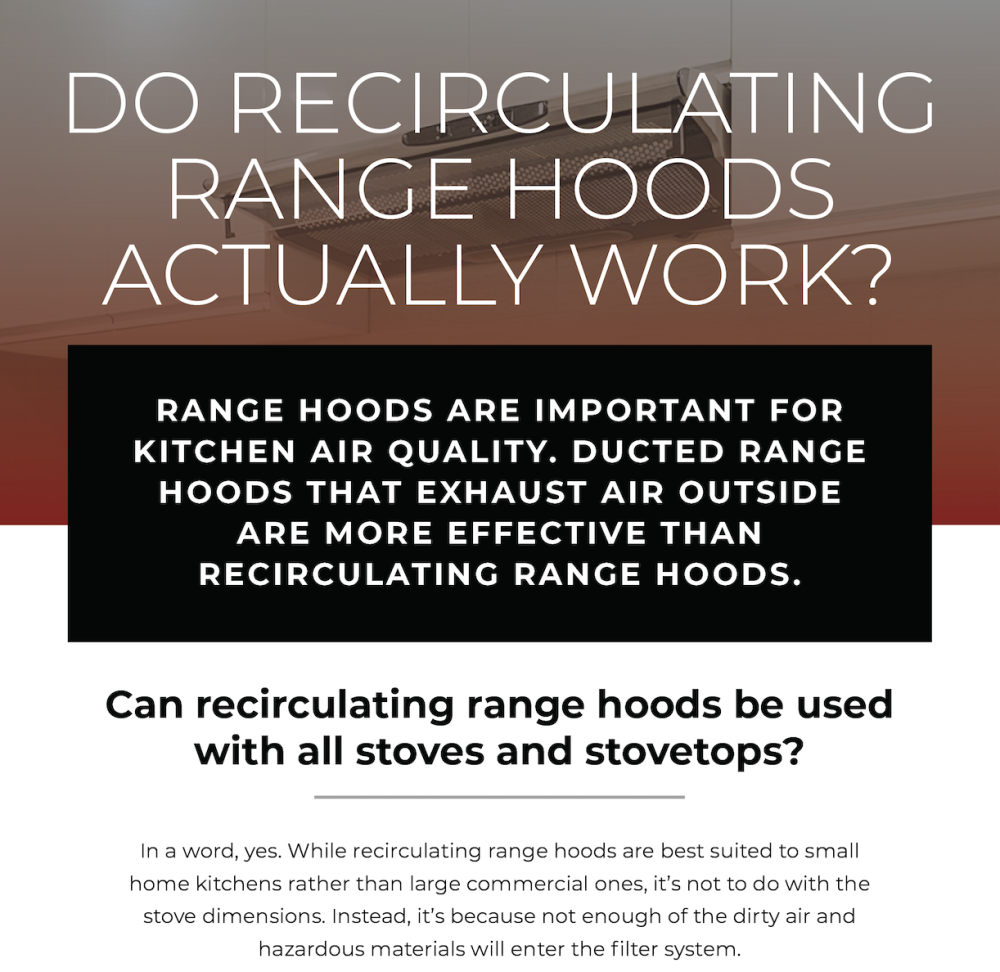
Having a range hood is very important for your kitchen. It helps to ensure clean air passes and circulates within your room.
Working in a commercial or private kitchen, having recirculating range hoods and the recirculating kit work. The ductless models are not, however, as effective as ducted range hoods that work with exhaust kitchen air outside of your house.
The ductless model also helps in keeping your electric stoves and cooking area clean and free from cooking odors. A recirculating range hood can purify the air from carbon dioxide that is being pushed through the hood before returning it to the house by trapping different particles in the filters.
Although charcoal filters and carbon filters are used in ductless range hoods, they are less effective than the stainless steel baffle and mesh filters used in ducted range hoods in trapping grease and smells.
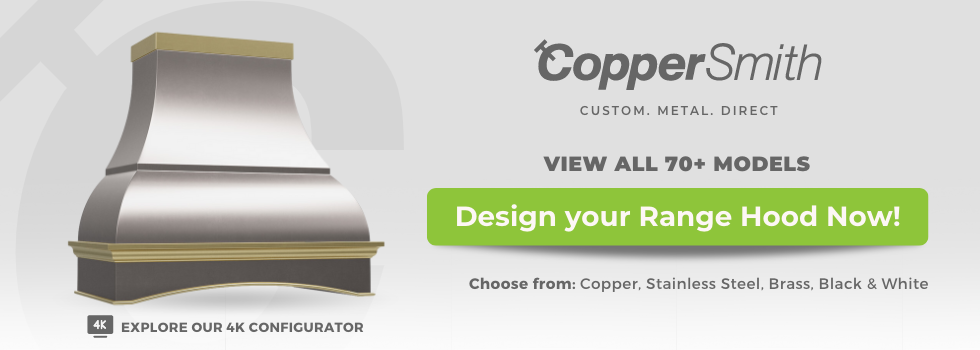
It is far preferable to have a ductless range hood than no ventilation at all. Air is circulated via a fat filter and an activated carbon filter in a ductless range hood.
The recirculating range hood captures part of the gasses and scents, while the latter captures fat that is in the air. Ductless range hoods should, in theory, operate flawlessly. Just like gas masks, they also make dirty air breathable by using baffle filters, charcoal filters, or carbon filters.
However, there are a few issues that contribute to range hoods' less effective air filtration. There are a few things you might want to think about before you buy a recirculating or ductless range hood.
As homeowners, we want to be sure that our financial decisions are sound. However, it might be challenging to feel confident about selecting the best fan if you are unfamiliar with range hoods and kitchen ventilation.
With that said, let's speak further on how ductless range hoods improve your vent kitchen air.
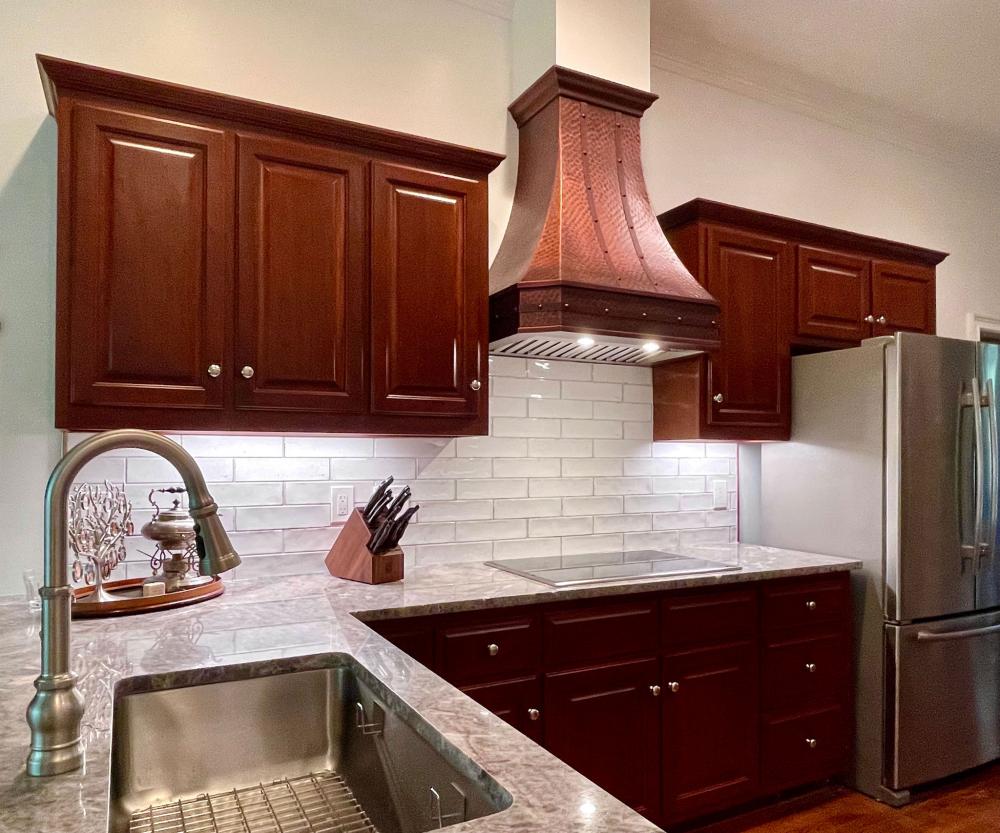
Can recirculating range hoods be used with all stoves and stovetops?
In a word, yes. While recirculating range hoods are best suited to small home kitchens rather than large commercial ones, it’s not to do with the stove dimensions. Instead, it’s because not enough of the dirty air and hazardous materials will enter the filter system.
However, the range hoods can be installed above virtually any residential stove and stovetop system. The average stove dimensions show that the units are normally 20”-24” wide for a compact stove, 30”-36” for standard models, and 48”-60” for extra wide units. Depths typically stand at 25”-27”.
Standard range hoods are often available in a range of sizes that cover standard stoves. However, custom recirculating range hoods like the Artisan AT2 can be made to custom specifications ranging from 30” to 100”. So, even if you are a passionate cook that has a double stove, it is not difficult to find a suitable solution.
It should also be noted that recirculating range hoods are standalone units that are not directly linked to the stove or cooktop itself. As such, there is no need to check whether your choice of hood is compatible with the stove. Once again, the main issues revolve around the size of the kitchen and whether the filters will have the opportunity to perform their intended purpose.
Which material is best for a recirculating range hood?
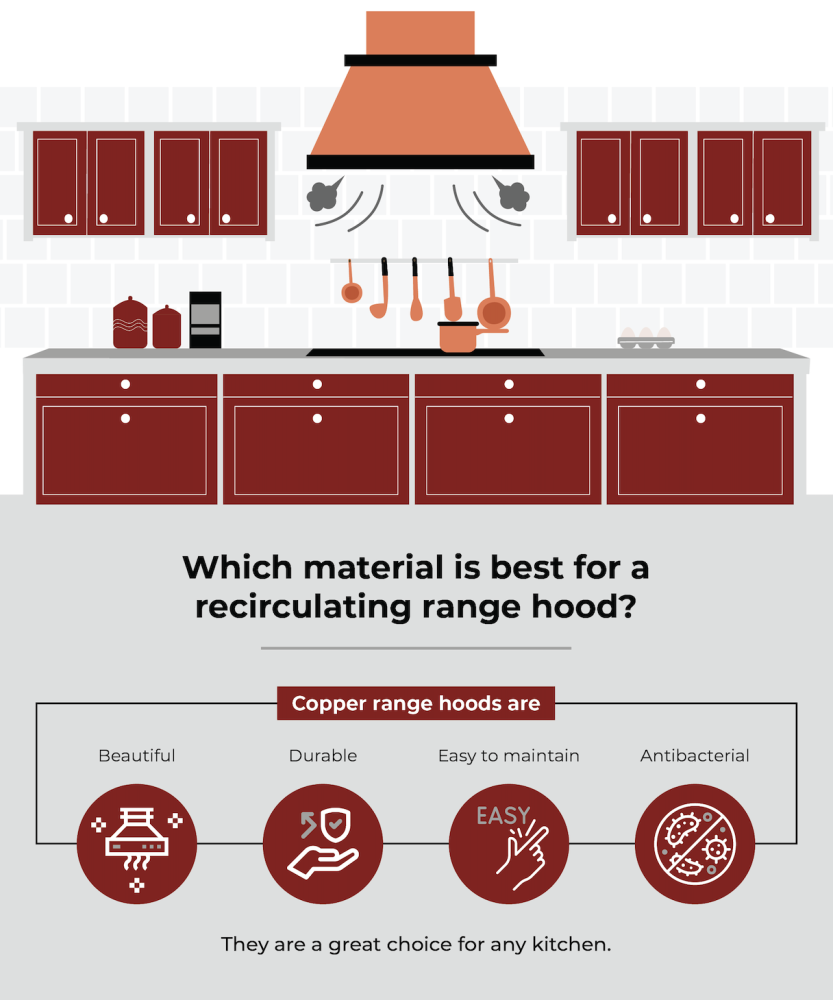
When researching range hoods, it’s important to understand the different parts. The main difference between a ductless and ducted system is that the latter will feature a part that shoots air outside of the building. Other than that, the parts are essentially the same.
While the industry shows a global CAGR of 6% and continues to thrive in this country, the main parts have remained virtually unchanged. They are the;
- Hood canopy - the outside housing, which also features the control panel.
- Duct cover - which can cover the duct systems to external ventilation too.
- Vent system - this is responsible for drawing dirty air into the unit.
- Control system - used to turn the unit on and change settings as required.
- Grease filter - to trap fat, odors, and steam during usage.
The range hood will also feature lamps and other elements to ensure a smooth operation. Other than dimensions, many of the internal parts work almost identically from one range hood to the next, regardless of brand. So, when asking “do recirculating range hoods work?’ and which materials are best, you’re probably thinking about the canopy.
Copper range hoods are ideal for many reasons. Firstly, they look fantastic and add character to the kitchen. Other benefits of range hoods include their durability, easy maintenance, and natural antibacterial qualities. In short, it’s an ideal solution for the aesthetic of the room as well as the health of your family.
This type of stove also offers great versatility and customization options through textures, crown finishes, strap textures, rivet styles, and mourning options.
How can a recirculating range hood be kept in great health?
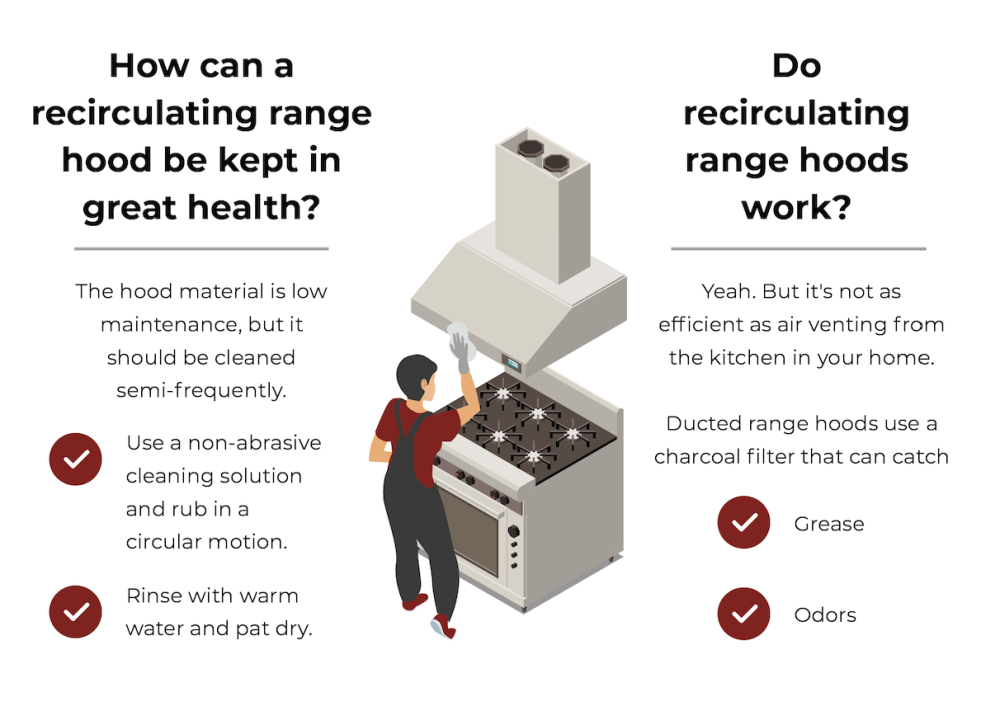
Copper range hood installations signify a hugely beneficial home project. Nonetheless, it does require a noticeable investment, not least because the installation can take 1-4 hours with an average charge of $50-$100 per hour. So, you must take the right steps to keep your recirculating range hood in top condition.
There are two main areas to consider; aesthetic appeal and function.
Otherwise, the answers to “do recirculating range hoods work?” will soon become redundant. With this in mind, it’s vital that you implement the right maintenance tactics.
While the material is low maintenance, it’s important to clean it on a semi-frequent basis. After all, some of the dirty air particles will accumulate on the outside of the hood rather than get sucked into the blower. Applying a non-abrasive cleaning solution before removing marks with a circular motion is advised. Rinsing with warm water before patting the hood canopy dry will deliver the desired results.
Avoiding abrasive chemicals and acids will prevent damage and scratches, which is equally crucial. Furthermore, the filters must be regularly cleaned. Otherwise, they will soon struggle to trap odors and fats. After all, a ductless model cannot spit the dirty air out of your home. It is recirculating it. If the filters run out of room to trap the bad air, the range hood will subsequently circulate hazardous chemicals. This renders the unit redundant.
With many stunning copper recirculating range hoods available, familiarizing yourself with basic maintenance is a key part of the pre-installation preparation. If nothing else, it will make the copper range hood feel like a more valuable investment.
Do recirculating range hoods work?
Yeah. But it's not as efficient as air venting from the kitchen in your home. Ducted range hoods use a charcoal filter that can catch grease and odors.
However, they are not as efficient as stainless steel slats and mesh filters used in air conditioning. Are ranges hoods available in your store? Is this true? How do you vent from inside? ductless or recirculating range hoods have several advantages.
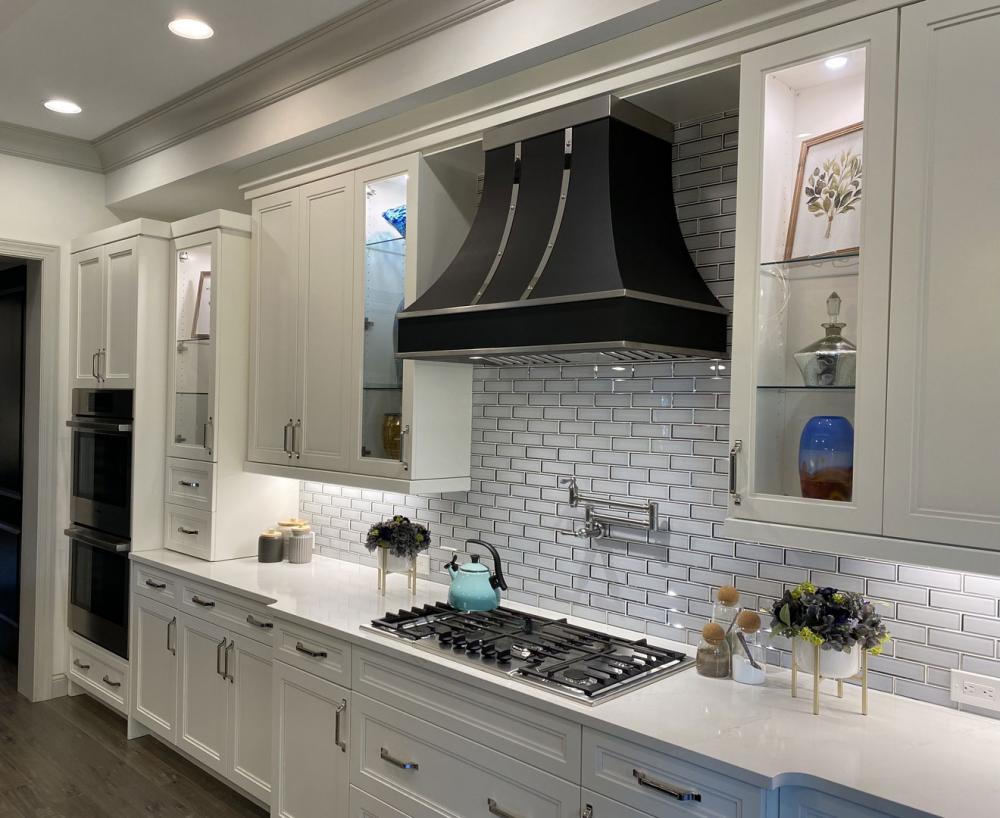
The owners want confidence in knowing that their funds are properly invested. However, it can be hard to know how to choose the proper fan.
Your ducted system is responsible for recirculating your indoor air quality, removing bad air, and neutralizing strong cooking odors. Steam must either be expelled outside the structure or condensed and then collected to be evacuated.
A dehumidifier in your duct system functions in this manner. Steam or moisture cannot be removed by any filter.
Stir-frying is one cooking style that is not ideal for a recirculating range hood since it produces a lot of smoke and stale and dirty air. However, if you rarely stir fry, they might still be effective for you since you could always open a window whenever you cook something that produces a lot of smoke on your gas stove.
However, ductless hoods efficiently get rid of general cooking odors, like when something is being boiled or pan-fried at a low temperature and a little bit of smoke is produced. Ductless range hoods do have limitations, as you can see, particularly the convertible varieties.
Hence, purchasing the best ductless range hood with charcoal filters for your gas stoves will help to eliminate greasy kitchen air. Improving your home air quality should be your top priority.
For optimum performance, you could also attach filters or an activated charcoal filter to your ductless range hoods. Since it helps your exhaust hood in sucking greasy kitchen air, ensuring that your range hood works with energy efficiency.
Ductless range hoods improve depending on the type of carbon filter they have. Also, the model of a ductless range hood has a significant impact on its efficiency.
To avoid air pollution, the air would need to stay in the carbon filter for a while. This is referred to as dwell time, as more contaminants will be captured the longer the air is in the filter.
Ducted range hoods vs Ductless hoods. Which is better?
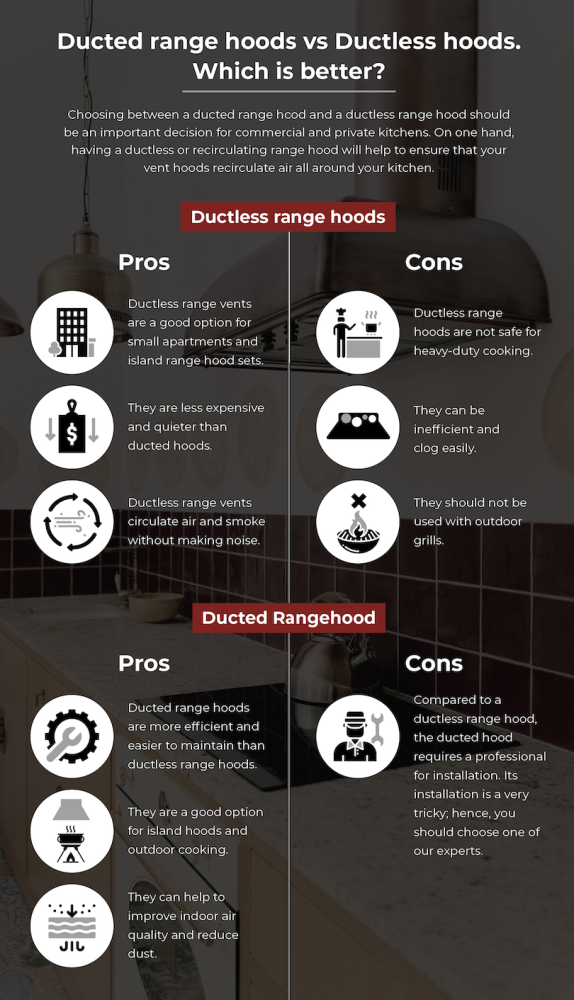
Choosing between a ducted range hood and a ductless range hood should be an important decision for commercial and private kitchens. On one hand, having a ductless or recirculating range hood will help to ensure that your vent hoods recirculate air all around your kitchen.
On the other hand, ducted hoods help in efficiently disposing of odors, and volatile organic compounds, and cleaning up efficiently. Ducted hoods can be connected to your home's HVAC system for easy disposal of bad air, through its air vents.
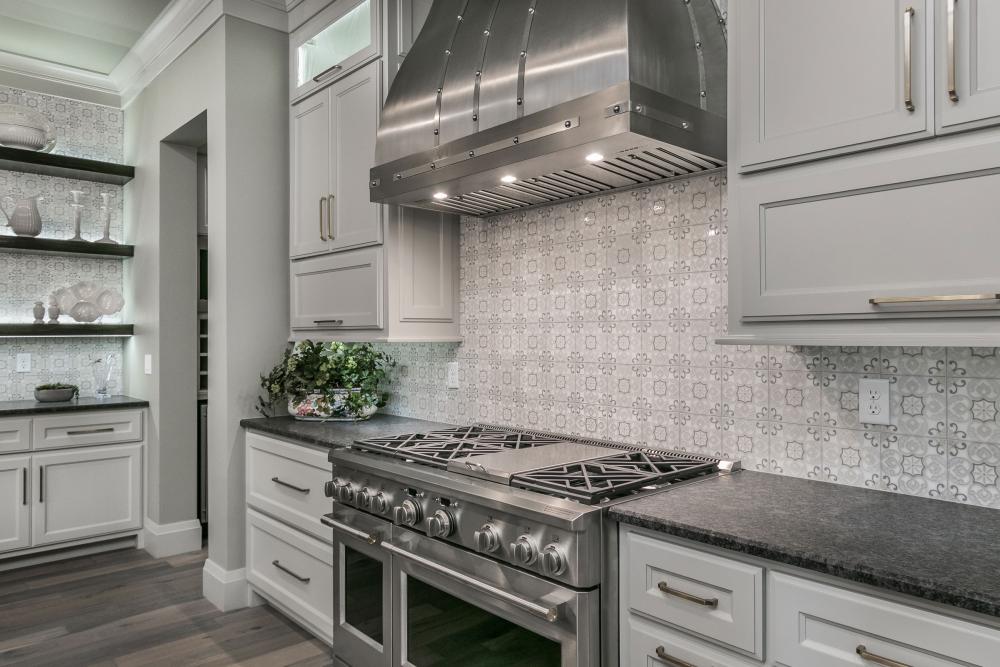
Compared to the ductless kitchen hood, a vented range hood offers much more fan power. Asides from that, there are several other things that both range hoods help to prevent in your kitchen, let's look at their pros and cons.
Ductless range hoods
Pros
The ductless range vents are great for people living in small apartments. Since they don't have enough space for such equipment, it would be hard for their exhaust vents to eliminate unwanted air.
It is also less expensive compared to the ducted hood. Non-vented range hoods also work well in an island range hood set.
Compared to the ducted system hoods, the ductless range hood is a type of quiet range hood. The ductless range hood circulates air and smoke without making noise.
Cons
On the other end, the ductless range hoods aren't safe for cooking activities like frying, grilling, severe smoking, and other types of cooking. Sometimes, the ductless range hood works inefficiently with the charcoal filter.
Its filter could get clogged, hence, making the ductless range hoods safe is almost impossible. A ductless hood can not be used with outdoor grills, since it cannot efficiently dispose of the smoke.
Ducted Rangehood
Pros
The ducted system helps to remove smoke and dusty air from any part of your home and kitchen. This feature allows you to experience better indoor air quality and a dust-free home.
It can work as an island hood to ensure all smoke and bad air is sucked away. The ducted exhaust systems are easy to maintain and eliminate bad odor faster than ductless range hood.
The ducted hoods operate with better efficiency compared to ductless range hoods because of the ducted systems. However, the ductless range hood works with more fans and seemingly faster efficiency.
However, ducted system hoods work better for outdoor cooking, since the vent hood is supported by the HVAC system.
Cons
Compared to a ductless range hood, the ducted hood requires a professional for installation. Its installation is a very tricky process, hence, we advise that you choose one of our experts.
The ducted vent hood also requires ductwork for it to efficiently propel air out of your cooking area.
How do ductless range hoods work?
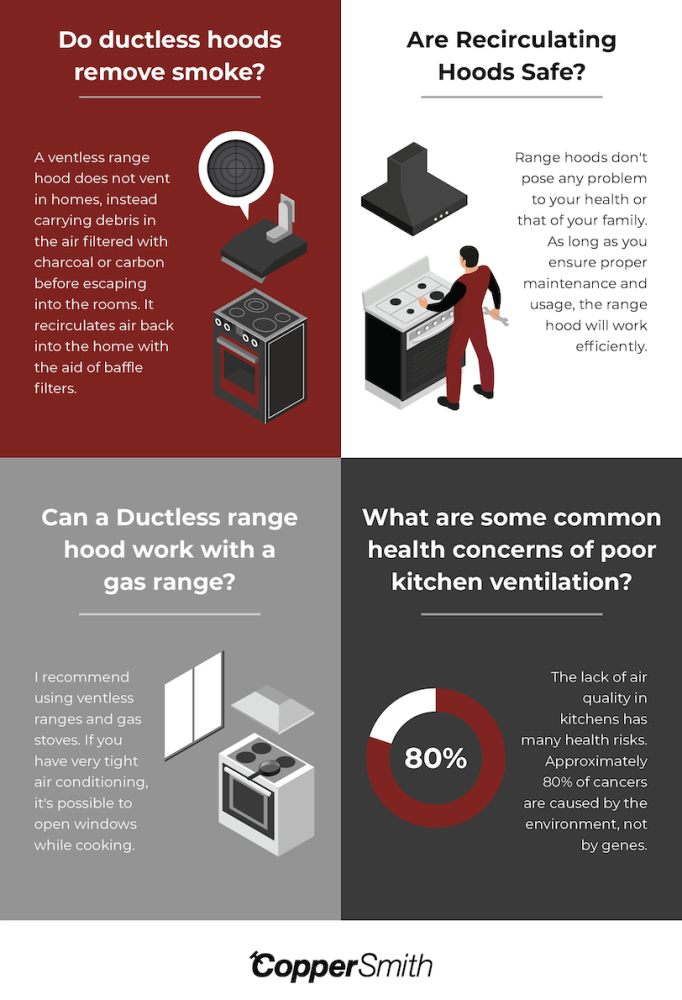
When a mishap occurs in your kitchen, you will see your ductless range hood work. The ductless hood has several tools to ensure odor removal and air recirculation.
First, an activated carbon filter is used to circulate air inside a ductless hood. The air molecules will be absorbed by the carbon filter.
Its filters work by absorbing the pollutants from the atmosphere. The clean air is recirculated, and the residue is left within the compartment with the activated charcoal filter.
During the whole process, the CFM blower doesn't help much in speeding up the absorption process. Rather, it ensures that the recirculated air is moved faster and easily.
Will A Ductless range hood remove steam and smoke in a small kitchen?
Ductless hoods are designed for mobile homes and small kitchens. It even works as island hoods, depending on the size and scale of your kitchen.
A ductless range hood works with several materials that help to eliminate bad odor from your kitchen. The smoke is made up primarily of particulate matter.
Smoking contains numerous chemical products. The range of sulfur, toxoid, and benzene contents, depending on what you are cooking, might be high.
The Ventless range is equipped with activated carbon filters, which eliminate the presence of pollutants. Carbon monoxide cannot be organically produced and cannot be filtered.
Nonetheless, the carbon from burnt cooking is hardly hazardous when the smoke is high. But the ductless oven hood can still efficiently eliminate airborne smoke.
Ducted range hood vs ductless range hoods for Paint Fumes
Paint contains certain harmful chemicals that might affect humans. With its hood filters, the hood can eliminate volatile substances; however, not entirely.
Sometimes, the residue might get stuck on the filters, making it hard to filter out other unwanted substances. It even works better when attached to island hoods.
The bright led lights help you see when the smoke is being sucked away from your atmosphere. Hence, we cannot entirely say that a range hood can effectively eliminate paint fumes.
Which is better commercially, a Ducted range hood or a ductless range hood?
Working with a ductless range hood will be helpful for simple and small home kitchens. However, when cooking in a commercial kitchen, you would need a range hood that allows faster odor removal, and cleaner air.
A simple ductless hood might not be able to provide this feature. Hence, a ducted system is better for commercial purposes, especially in high-grade kitchens and restaurants.
Whatever you do, do not use a microwave to vent air out of your kitchen.
Do ventless hoods remove grease?
High-temperature cooking will precipitate grease to hang in the air. The air will be deposited on the cabinets, walls, and ceiling as it rises.
Fortunately, even without a vented range hood, there is a way to avoid it. Non-duct range Hoods are quite good at taking grease out of the air and then recirculating clean, fat-free air.
There are typically two types of filters in ductless fans. Filters are made of aluminum mesh (for fat) and activated charcoal (for odor/smoke).
The first filter is what you may see as an aluminum mesh fat filter while observing the hood. The air will instantly shift path as it travels through the filter.
Then the fat will deposit on the fat filter because it cannot change directions as quickly when it is suspended in the air. The second filter uses activated charcoal filters to remove odors and smoke.
Are there any good recirculating hoods?
There are several ventilation filters designed for your cooking area. When looking for a brand to pick, you might need help, hence, consulting with us first is the right step.
You should look out for certain features including CFM power, energy supply & efficiency.
This PLJw185 recirculating hood is widely used. Customers enjoy its sleek design, bright LED lights, and robust steel finish. This helmet is 3.7 cm thick and packs an impressive punch of 600 cfm. This reliable low profile fan will endure for years.
Do ductless hoods remove smoke?
A ventless range hood does not vent in homes, instead carrying debris in the air filtered with charcoal or carbon before escaping into the rooms. It recirculates air back into the home with the aid of baffle filters.
With exhaust vents and other ductless models, you can properly cook on your gas stove. Although sometimes this method can't even function like vents, it works well.
Are Recirculating Hoods Safe?
Range hoods don't pose any problem to your health or that of your family. As long as you ensure proper maintenance and usage, the range hood will work efficiently.
Range hoods are efficient and built with safety in mind. Hence, you won't have to worry when using them.
Can a Ductless range hood work with a gas range?
I recommend using ventless ranges and gas stoves. If you have very tight air conditioning, it's possible to open windows while cooking.
What are some common health concerns of poor kitchen ventilation?
The lack of air quality in kitchens has many health risks. Approximately 80% of cancers are caused by the environment, not by genes.
It includes exposure to cancer-inducing substances. Many toxic substances can be found in home cleaning products and the air.
Indoor environments are twice as harmful as outdoor conditions according to environmental agencies. Indoor air in homes is polluted.
It would not have been very worrying if we had no more room for us. In reality, the average person spends almost 80 percent of the day indoors.
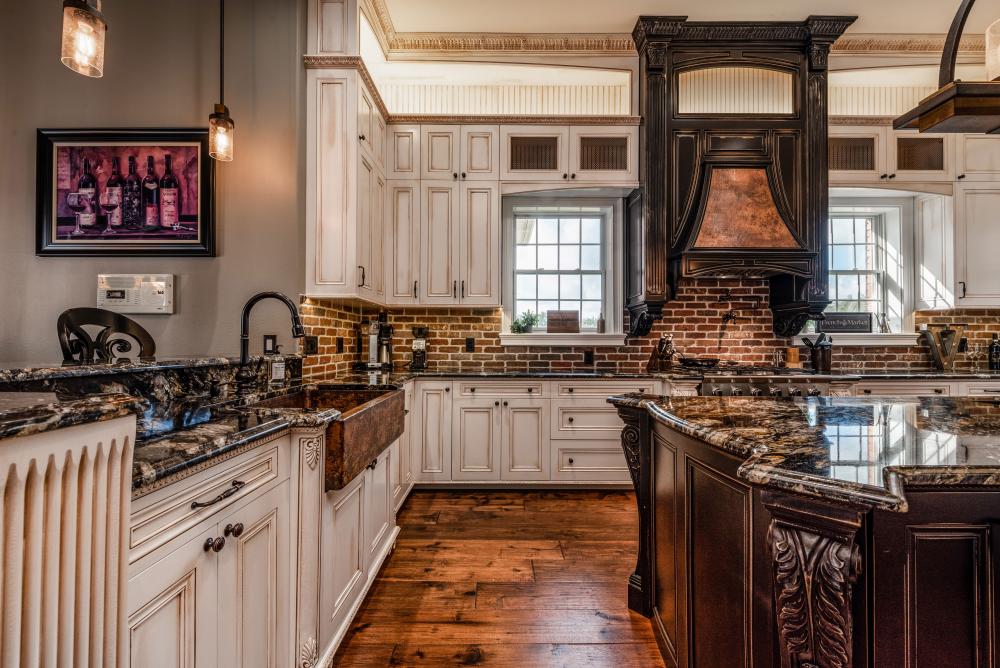
Having a range hood is just like using a chimney. Since most home components have been defined under building codes.
It aims to ensure energy efficiency, enabling a comfortable and peaceful life. It seems that building rules for ventless kitchen hoods have been relaxed.
Ductless range hoods are permitted by international construction laws. However, there should be additional natural ventilation or mechanical ventilation.
The included ventilation source could be from a CFM blower, a hole to vent kitchen air or a duct attached to your range hood. Having an extra ventilation source will ensure that no mishaps are occurring while using your ventilation hood.

